.jpg)
Adjusting and expanding the scope of 4 national dynamic regions
Briefly presenting the Proposal on adjusting the National Master Plan for the 2021-2030 period, with a vision to 2050, Minister of Finance Nguyen Van Thang said that the planning contents were supplemented and adjusted to suit the arrangement of administrative units at all levels, implementing the two-level local government model; striving to achieve the double-digit growth target in the 2026-2030 period and the following years; implementing major policies of the Party and State on breakthroughs in science and technology development, innovation and digital transformation, education and training; protecting, caring for and improving people's health; energy security...; at the same time responding to rapid and unpredictable fluctuations in the international context.
Regarding socio -economic zoning, development orientation and regional linkage, based on the assessment of the current state of our country's territory, zoning options for each period and development requirements in the new context, the whole country is divided into 6 regions: the Northern Midlands and Mountains; the Red River Delta; the North Central region; the South Central Coast and Central Highlands; the Southeast region; and the Mekong Delta.

In addition, adjust and expand the scope of 4 national dynamic regions, including the Northern Dynamic Region, Southern Dynamic Region, Central Dynamic Region, Mekong Delta Dynamic Region to neighboring areas, which are areas with infrastructure networks that have been and are being invested in, arranging industrial parks, clusters, urban areas, and urban areas; supplement the North Central Dynamic Region.
At the same time, adjust the development orientation and spatial distribution of important economic sectors. In particular, prioritize development and gradually master technology in a number of emerging industries such as semiconductor chip industry, robotics and automation industry, artificial intelligence, advanced materials, materials for mechanical engineering industry, biological industry, environmental industry, renewable energy, new energy.
Avoid term-based thinking or short-term, local adjustments
Reviewing this content, Chairman of the Economic and Financial Committee Phan Van Mai said that the Economic and Financial Committee basically agreed to supplement and adjust the contents of the National Master Plan to suit the new context after the rearrangement of administrative units at all levels, implementing the 2-level local government model; striving to achieve the double-digit growth target in the 2026 - 2030 period and the following years; implementing the Politburo's resolutions on socio-economic development, development of sectors, fields, regions and localities.
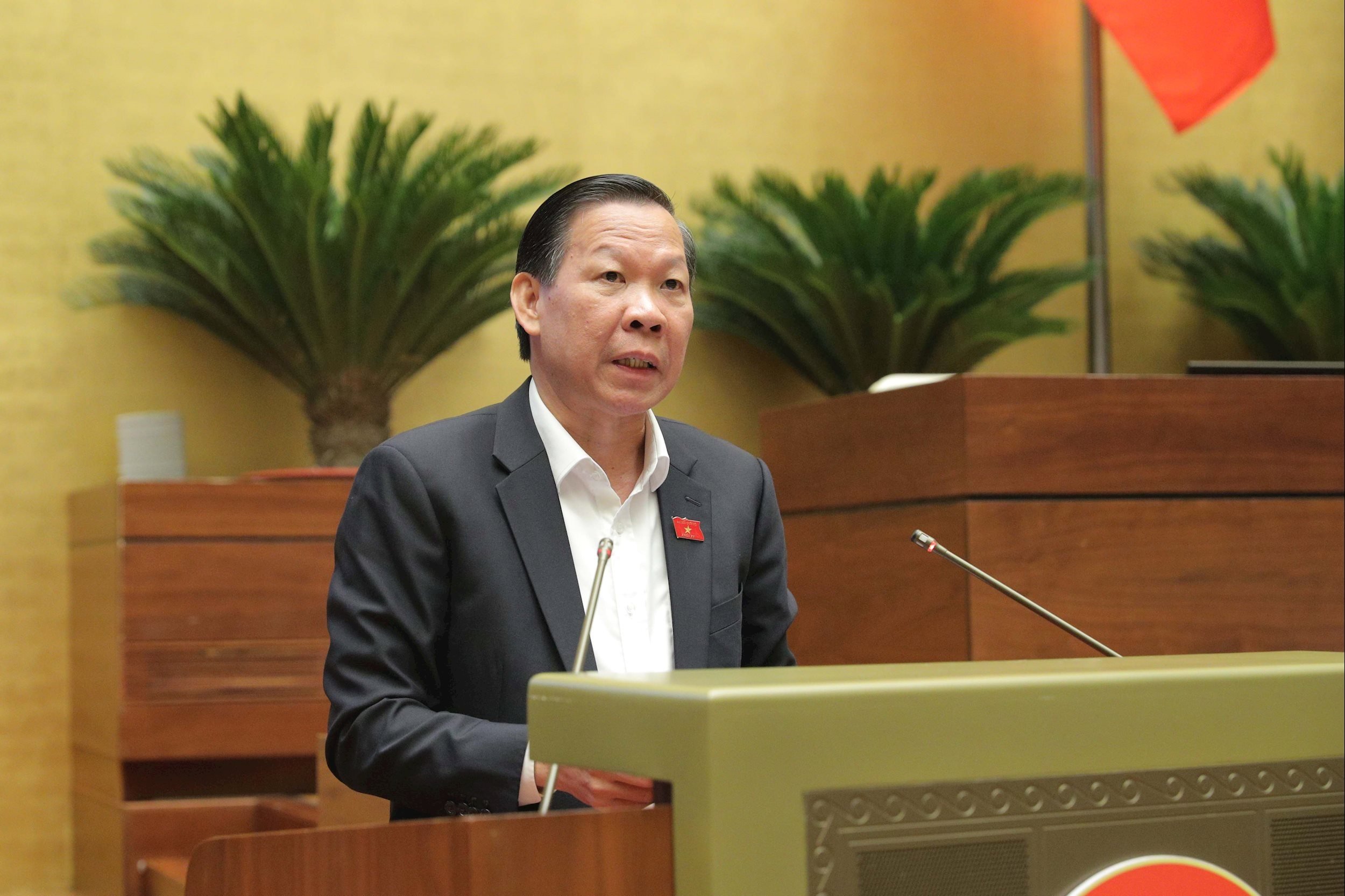
However, for regions and localities with adjustments to administrative boundaries and new names, it is necessary to carefully review the planning content and names of regions and provinces to edit them consistently, avoiding different interpretations, causing difficulties in concretizing when implementing the Resolution.
To continue perfecting the draft Resolution to be submitted to the National Assembly for consideration and approval, the Economic and Financial Committee proposes to consider and perfect the viewpoints and principles for adjusting the National Master Plan in the direction of promoting the stability and long-term nature of the plan; ensuring high predictability, having a solid scientific and practical basis, avoiding term-based thinking or local, short-term adjustments only to handle situational issues.
Regarding the adjustment of zoning and orientation of socio-economic development, the Economic and Financial Committee found that the basic number of socio-economic zoning remains the same at 6 regions. However, the structure and scope of each region have changed significantly in terms of the number of provincial-level administrative units, the size of area and population due to the impact of the arrangement and merger of provincial-level administrative units; in which, the North Central region, the South Central Coast and the Central Highlands are the two regions with the largest changes compared to before.
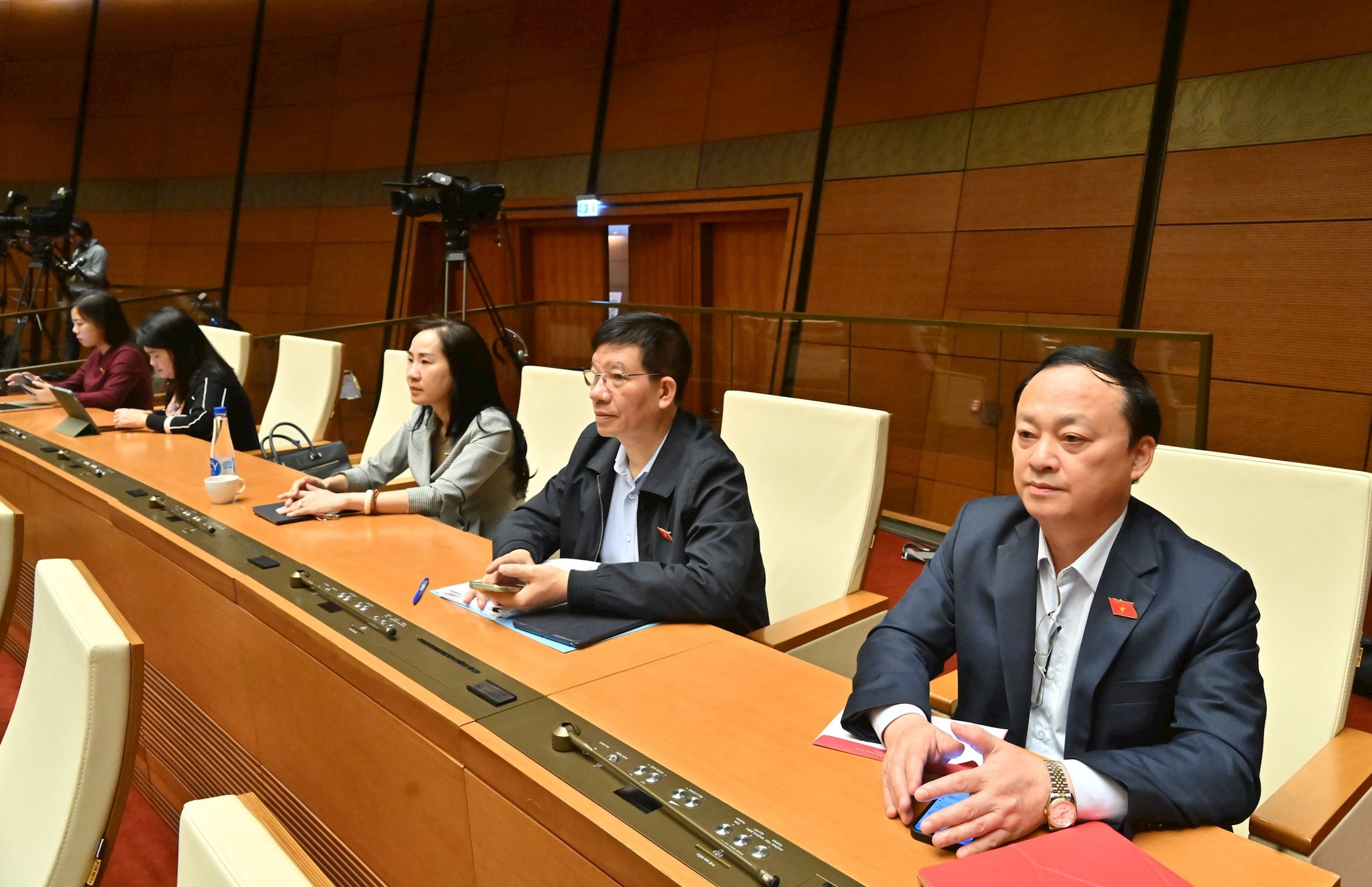
Therefore, it is recommended to clarify how the new zoning plan will impact and influence the development orientation of each region; assess the connectivity within each region. In addition, it is recommended to explain and clarify the specificity, geographical location, tasks, and socio-economic conditions of each region in order to maximize potential and effectively exploit existing advantages; overcome the shortcomings and limitations of each region and link regions to promote sustainable development of the whole country.
Source: https://daibieunhandan.vn/bao-dam-tinh-on-dinh-dai-han-cua-quy-hoach-tong-the-quoc-gia-10394790.html




![[Photo] Da Nang: Hundreds of people join hands to clean up a vital tourist route after storm No. 13](https://vphoto.vietnam.vn/thumb/1200x675/vietnam/resource/IMAGE/2025/11/07/1762491638903_image-3-1353-jpg.webp)






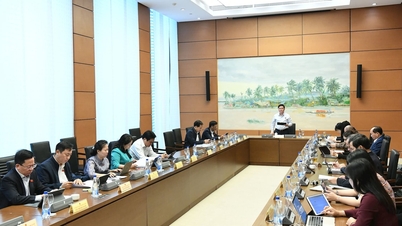

























































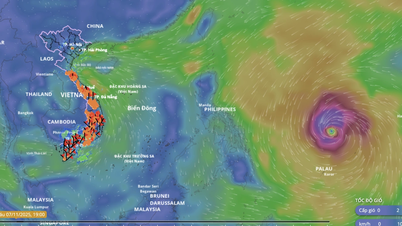












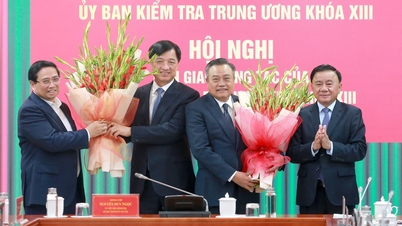


























Comment (0)